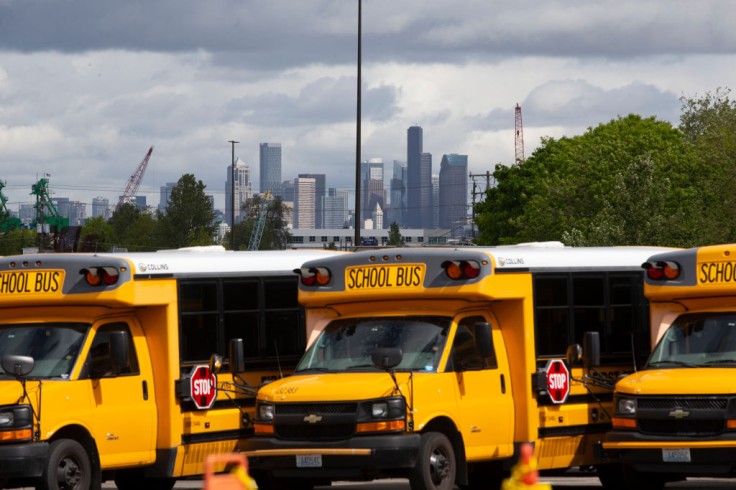
School districts in America are planning to replace and update the old, gas-guzzling vehicles that take the children to school every day with electric school buses to help curb the impacts of climate change.
According to reports, 25 million U.S. students ride 480,000 old school buses that are not sustainable and eco-friendly. Aside from adding to the air pollution, these buses are also affecting the children's health as they inhale the fumes from the diesel engine.
Per the Environmental Protection Agency (EPA), buses running on diesel may cause respiratory illnesses like asthma, especially those exposed to the pollutants in the long term. Studies show that children from low-income communities are more exposed to diesel buses since 60 percent take the bus to school.
As schools try to secure funding for the electric school buses, some districts have received commitments and entered deals with private contractors to facilitate the shift.
California and Maryland First to Shift
About 258 school districts in California and Maryland will soon procure electric school buses after receiving state or private funding. According to Green Biz, Maryland has plans to roll out 326 school buses in four years. This is the most significant objective to shift to eco-friendly buses in the U.S. to date, while other schools have a funding plan to change 10 to 60 buses at a time. California will spread out its bus distribution to at least a dozen school districts.
About 36 percent of these electric school buses will go to suburban communities while 30 percent will be in city schools and 17 percent are in rural areas. California chose to focus on districts with known high air pollution and communities of color.
Meanwhile, Miami-Dade County Public Schools have recently approved a plan to replace 50 diesel buses using state money after a two-year deliberation with schools, parents, students, and lawmakers. Holly Thorpe, a 12-year-old student, was overjoyed to learn that they will be riding new, eco-friendly school buses soon.
"It wasn't imaginary any more," Thorpe said. "It just wasn't like an idea. It was coming to life."
Though initial spending will be expensive, the operation and maintenance of electric school buses will be 60 percent cheaper than the current buses since this run on rechargeable solar-powered batteries. However, these school districts initiating the shift make up just two percent of the total school population in the U.S.
Congress Urged to Invest in Electric School Buses
The American Lung Association (ALA) urged Congress to invest in electric school buses in its infrastructure bill. According to Forbes, if Congress would set aside $20 billion in funds for this project, one-fifth of schools in the country would be able to use electric vehicles that provide "critical health and climate benefits."
Following a survey of American voters, 68 percent said that they want Congress to focus on zero-emission vehicle investments, while 84 percent said they want lawmakers to do something about the air pollution around the kids.
But Diesel Technology Forum executive director Allen Shaeffer said that schools should choose vehicles with technology that works best for their need because diesel bus options use low-carbon renewable fuels that also bring down the carbon footprint. He said that not all electric buses may help global warming since some types still come from fossil fuels.